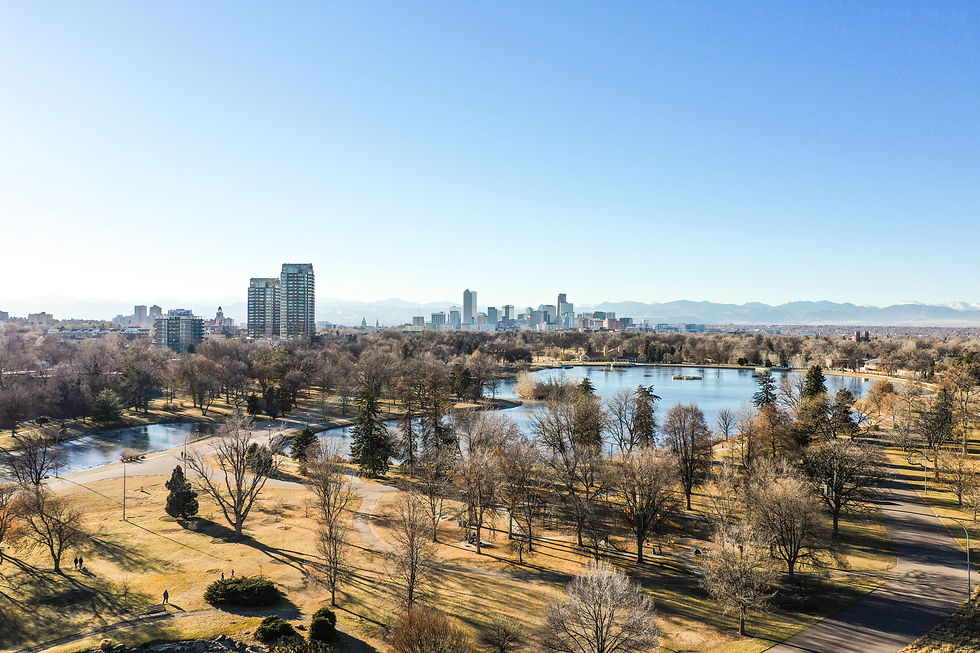Residential Infill Project in Portland, Oregon
- Joe Vandenorth

- Aug 31, 2019
- 2 min read
Updated: Mar 22, 2020
The City of Portland led a refresh of zoning codes to allow for more dwelling units per lot while capping the size of large homes on the same land.
Between 2010 and 2035, Portland is projected to add over 250,000 new residents — nearly 50 percent of its current size. Like many Western U.S. cities, the majority of Portland’s urban fabric consists of single-family dwelling units.
With more affluent professionals moving into close-in neighborhoods, Portland was seeing a steady rise in the construction of “McMansions” or oversized homes. Building on its progressive spirit, the City and people of Portland organized to encourage a rezone that would incentivize multifamily production on urban lots rather than luxury homes.
The Residential Infill Project is progressing towards a council vote in 2019 to adopt the rezone, which will allow more units at lower prices on lots throughout the city. The proposal covers both “housing options and scale” as well as “building design”. Scales vary from accessory-dwelling units to duplexes, triplexes and fourplexes. Essentially, these are all ways to subdivide a lot for multiple residences or in many cases, retrofit existing large homes for multi-unit arrangements.
Scale of homes is being controlled by setting a total maximum building size based on a floor-to-area ratio (FAR) that is less than what is currently achievable in Portland’s code.
The Residential Infill Project is a bold move to incentivize production of more housing and reducing displacement by offering more housing options rather than simply upgrading single-family stock.
Highlights the Residential Infill Project in Portland
Portland identified the need for production of affordable, family-sized homes. The old zoning was mainly producing small apartments and big, expensive homes.
The rezone allows for multi-unit dwellings on formerly single-family lots throughout the city.
Much of this rezone is in response to anger about replacing old homes with oversized mansions rather than creating more housing on large city lots.







Commentaires